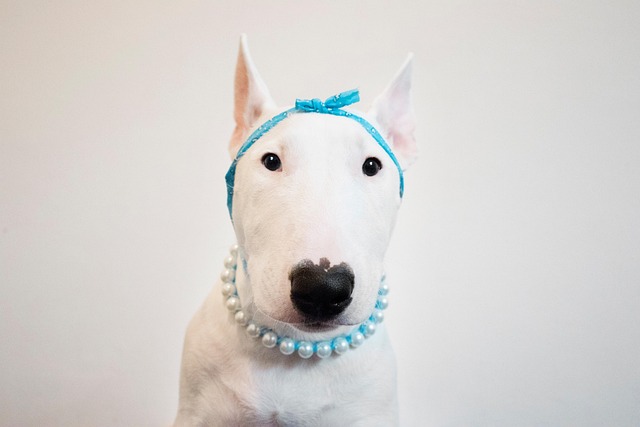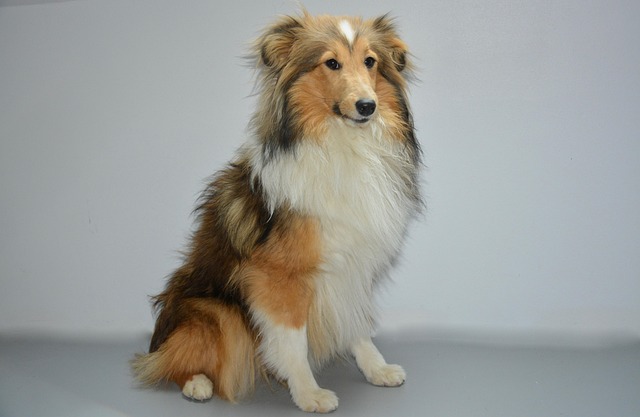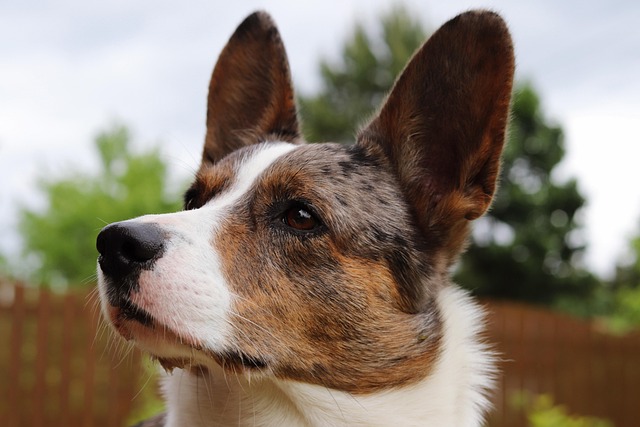How to get your dog to focus on you while walking? If you’re a new dog parent in the US, you’ve probably experienced this: you head out for a stroll, and your pup’s nose hits the ground, tail chasing a butterfly, or they lunge toward another dog—all while you’re repeating “Look at me!” like a broken record. What should be a bonding moment turns into a game of “who’s leading whom.” The good news? With the right approach, you can turn those distracted walks into focused, fun outings.
Dogs are hardwired to explore—their ancestors relied on sniffing out food and danger, so their brains are wired to prioritize new smells or movements over your voice. But animal behaviorists say this can shift: when you make yourself more rewarding than the distractions, their focus follows. It’s called “ differential reinforcement”—rewarding the behavior you want (eye contact, staying close) so much that it outweighs the urge to chase that squirrel. Think of it like getting a kid to pay attention by making the lesson more exciting than the playground.
Start small, in a quiet spot—maybe your driveway or a calm side street. Clip on a 4-foot leash (shorter = easier to guide) and grab high-value treats—think cut-up hot dogs or freeze-dried chicken (my terrier, Leo, goes nuts for these). Walk a few steps, then stop and say “Watch me!” in a cheerful tone. When they glance up, immediately pop a treat in their mouth and say “Good focus!” Do this 10 times in a row, then take a break. After a few days, add tiny distractions: rustle a bag, or have a friend walk by at a distance. If they stay focused, reward bigger—maybe a quick game of tug. If they get distracted, don’t scold—just step back, wait for them to check in, then reward and resume. A neighbor’s golden retriever, Bailey, used to ignore her completely; after two weeks of 10-minute daily sessions, he now looks up every time she says his name mid-walk.

Let’s tie this to real-world rules. First, compliance: Every US state requires current rabies vaccines, and places like San Francisco will ask for proof if you’re stopped in a park. While you’re working on focus, always pack extra poop bags—cities like Detroit fine $100 for leaving waste, and it’s part of being a responsible walker.
Culturally, never yank the leash or shout to get their attention. That teaches them to fear walks, not focus on you. Instead, if they dart toward a distraction, use a happy “This way!” and lure them back with a treat—praise floods when they follow. Positive vibes keep their brain open to learning.
Living in an apartment? Practice in hallways during off-peak hours to avoid overwhelming them with noise or foot traffic. When using elevators, keep the leash short and reward them for sitting quietly—neighbors will appreciate the calm. At community parks, wait until their focus is solid before letting them near other dogs; rushing interactions can undo progress. And remember: even a focused dog needs to sniff—letting them explore for 30 seconds after a minute of focus keeps walks balanced.
With time, your pup will learn that sticking close and checking in means more treats, more play, and more of the good stuff. Those distracted dashes will fade, and you’ll both start looking forward to walks where you’re truly in sync.






